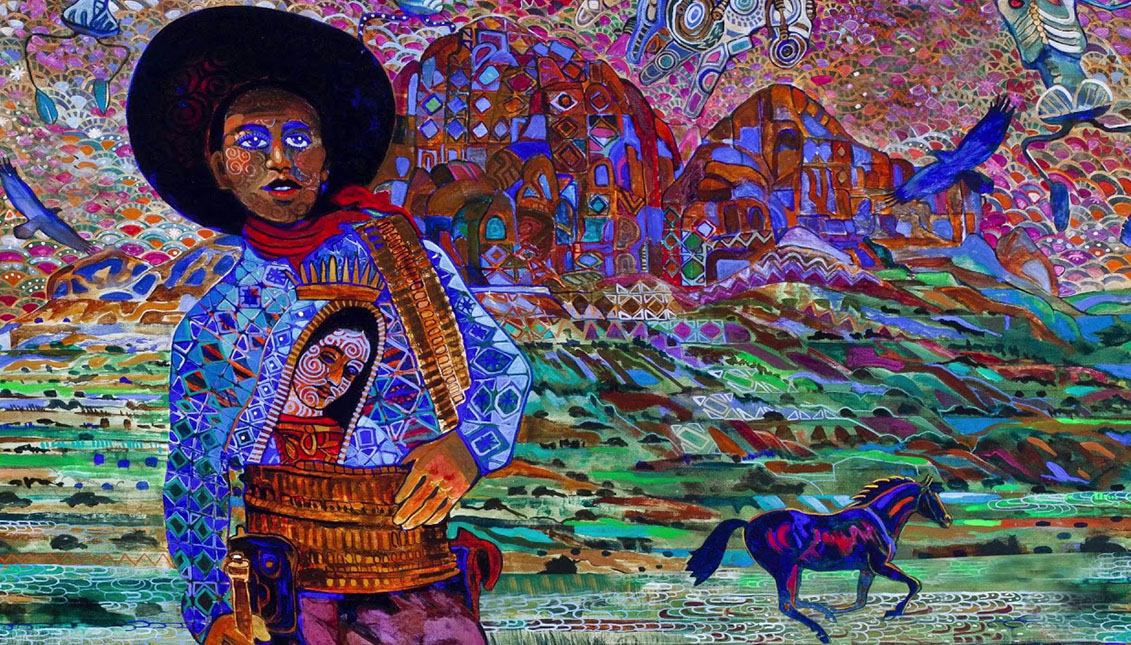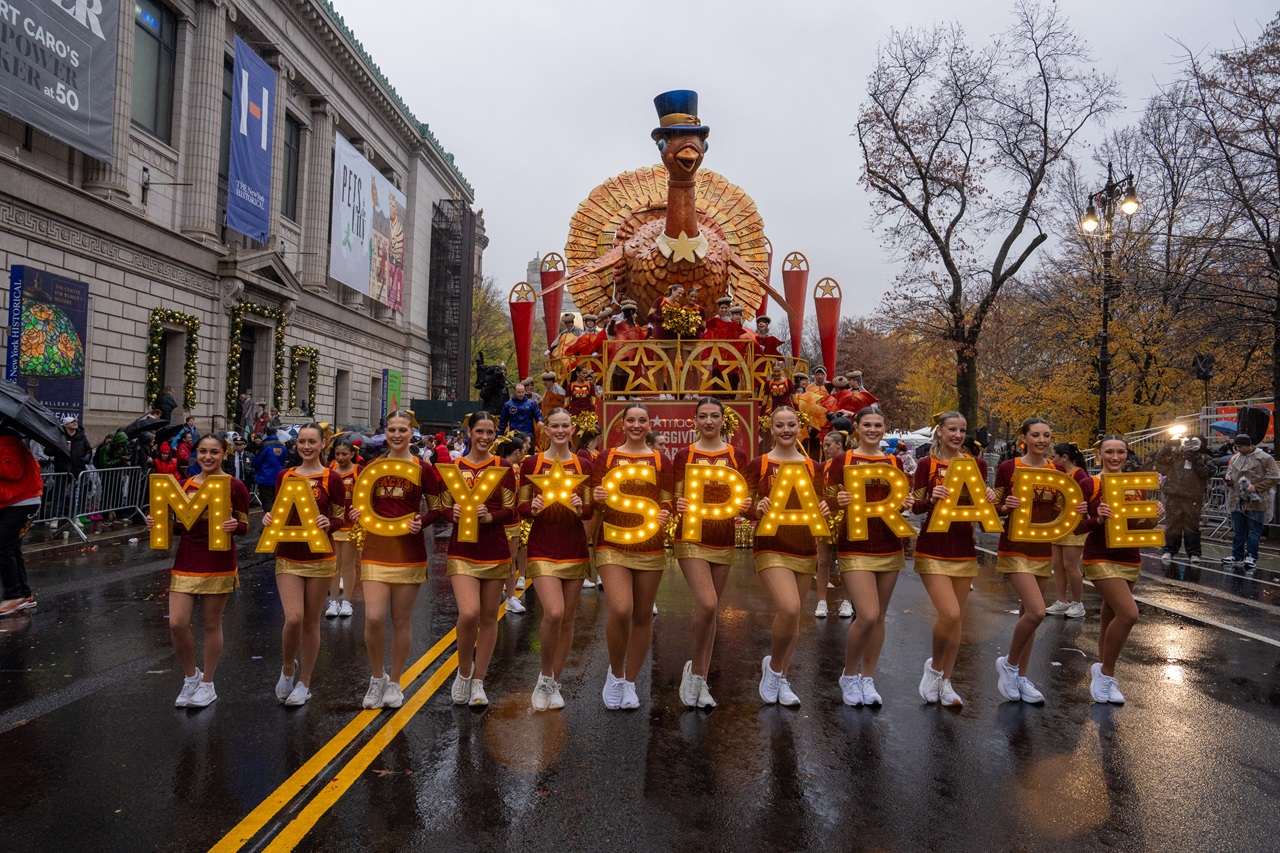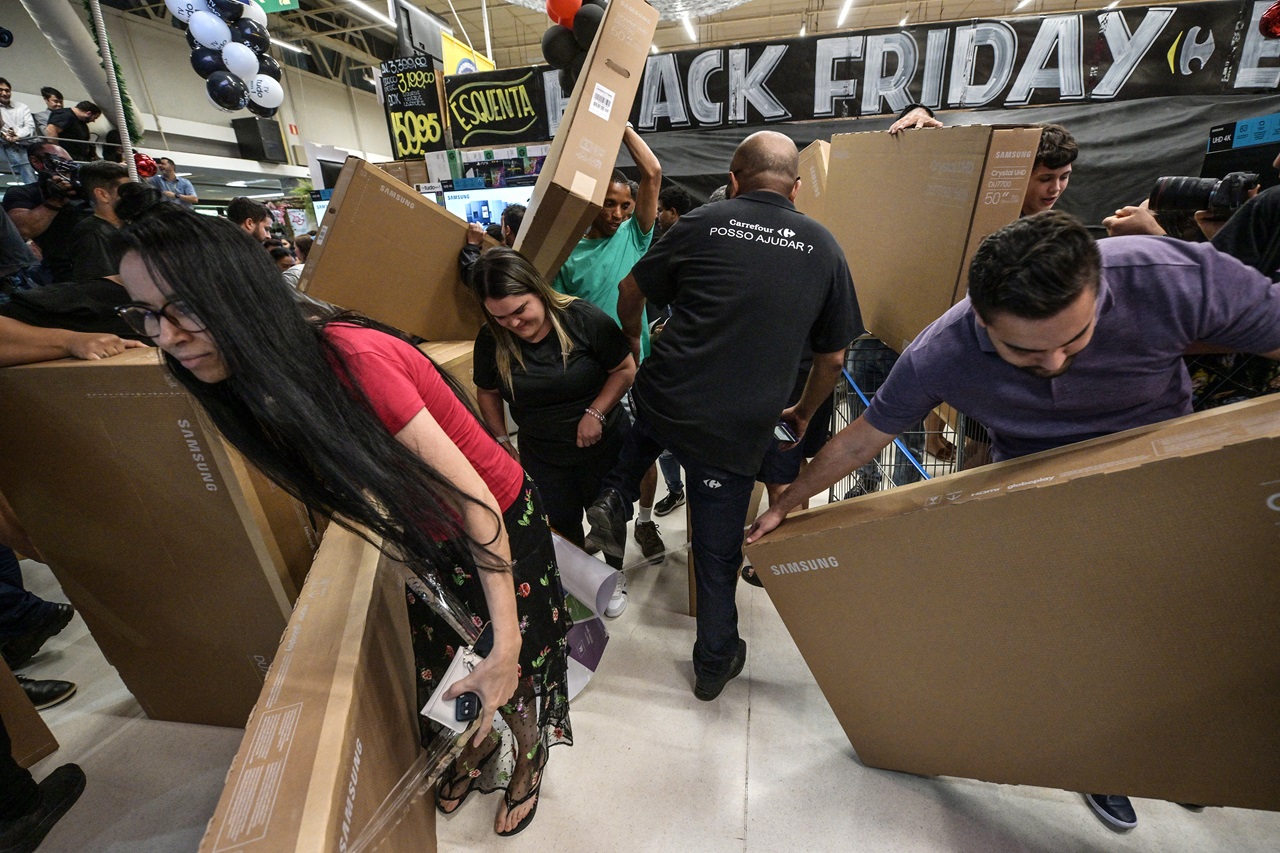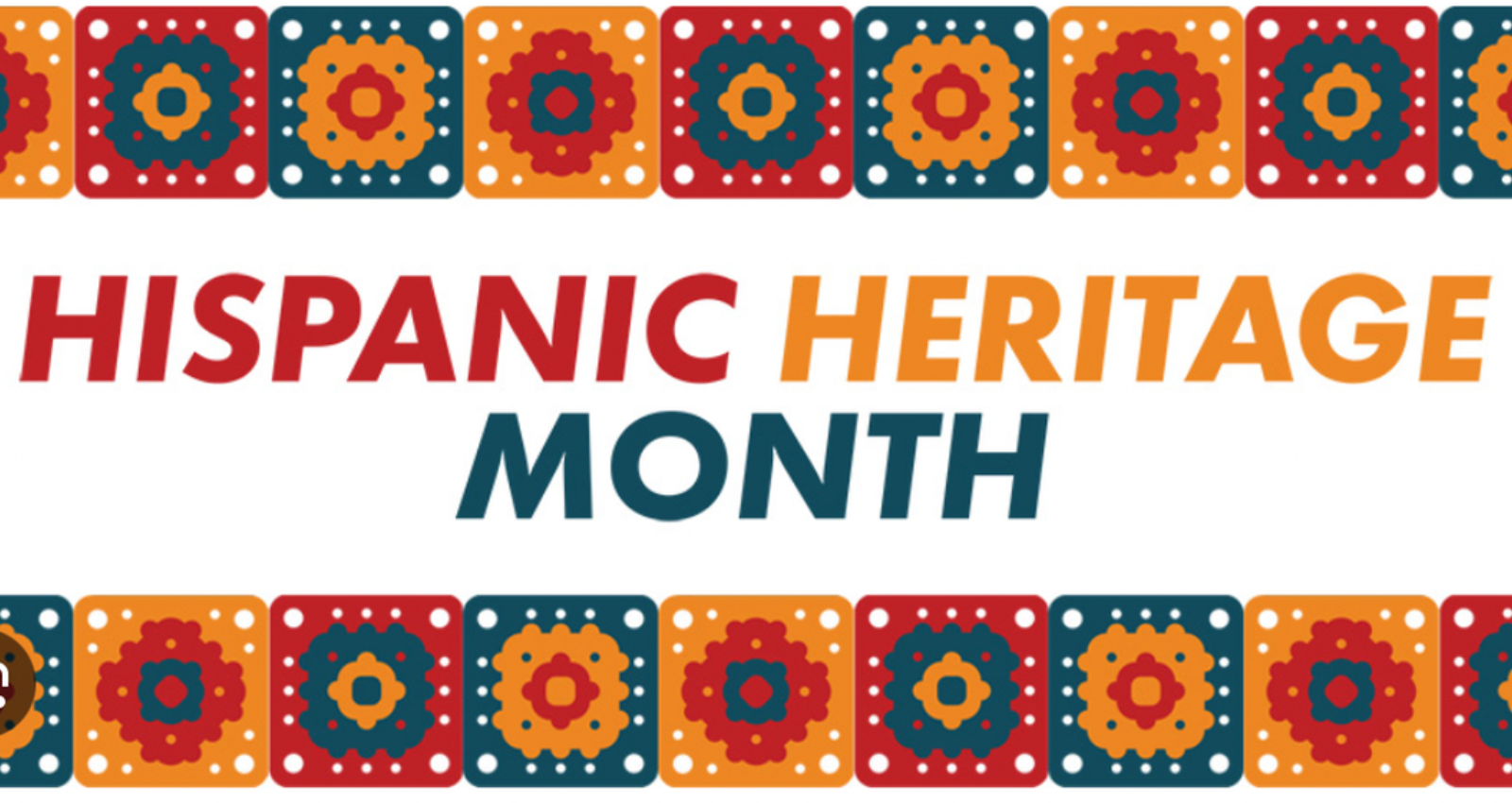
Museums don't understand American Latinx art, but they love Latin American
With the future creation of the new Smithsonian American Latino Museum, a new horizon is opening. Will prejudice come out of the frame?
Does the world of museums and galleries understand Latinx art? Many artists and curators still feel it does not, and hasn't historically.
In the meantime, Latin American art has been highly-valued in the country, to the point, said one Cuban collector, that the U.S. market goes crazy for art made on the island.
But if the artist had grown up in the United States, they lose all interest.
"They want to buy a story, but not a story that comes from the United States," Afro-Cuban and American artist Juana Valdes told El País. Valdes, whose works explore racism, also said that what is called "Latin American art" in art circuits is a "white South American version" of art.
Valdes was one of the artists interviewed by anthropologist Arlene Dávila in her essay Latinx Art (Duke University Press), in which she emphasizes that it is not those Latin American artists who have emigrated to the United States with the help of patrons and present themselves as "Colombians," "Mexicans," or "Chileans," but rather the Latinx population that grew up in the country and still carry a stereotype that has caused a vacuum in the art market.
"These are artists who have been central to America's artistic vitality, even though they have been eclipsed by its history. They are the most absent from most museum collections and commercial gallery circuits," Davila wrote in Latinx Art, noting the lack of visibility and therefore institutional support.
"No one is born Latinx," the professor said. "This is a social category that is the product of socialization, of racialization, but also of solidarity among them.
RELATED CONTENT
Thus, while the Latin American artist is seen as "exotic" and their work has generated interest since the 1960s, with the "Latin American boom," some art dealers who spoke with Davila described the American Latino as "the lady who cleans THEIR house."
Even renowned curators such as Pilar Thompkins Rivas confided to the scholar how in the art world the Chicano artist is understood as "the son of the people who are THEIR servants."
With the recently approved Smithsonian American Latino Museum proposal — a project for which there has been fighting for nearly 20 years — the more than 60 million American Latinx individuals, whose culture is so diverse that even the label "hurts," will have the opportunity to see reflected the cultural and artistic legacy they have been sowing in the country, although it has rarely been given the importance it deserves.
Only time will tell if the promise of a new public museum for Latino art as large as the rest has its effect outside the frame and returns one of the art world's greatest virtues — freedom of spirit and openness of mind and story.
The mirror, meanwhile, still reflects only a few.











LEAVE A COMMENT:
Join the discussion! Leave a comment.